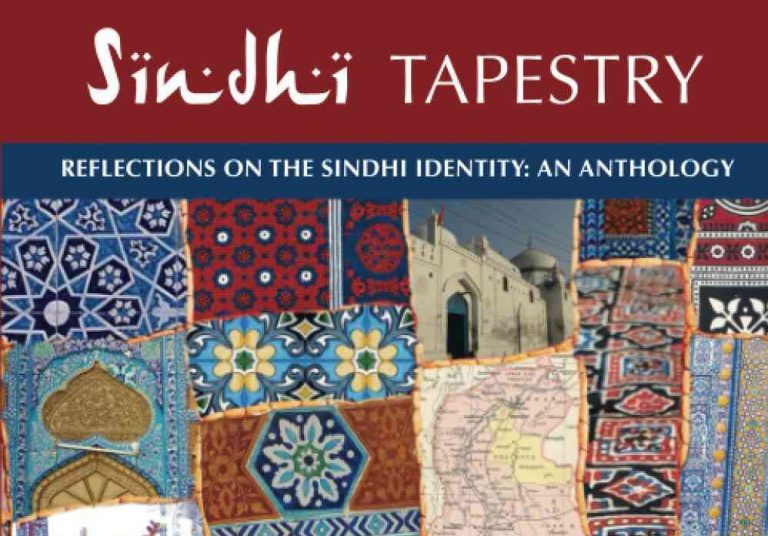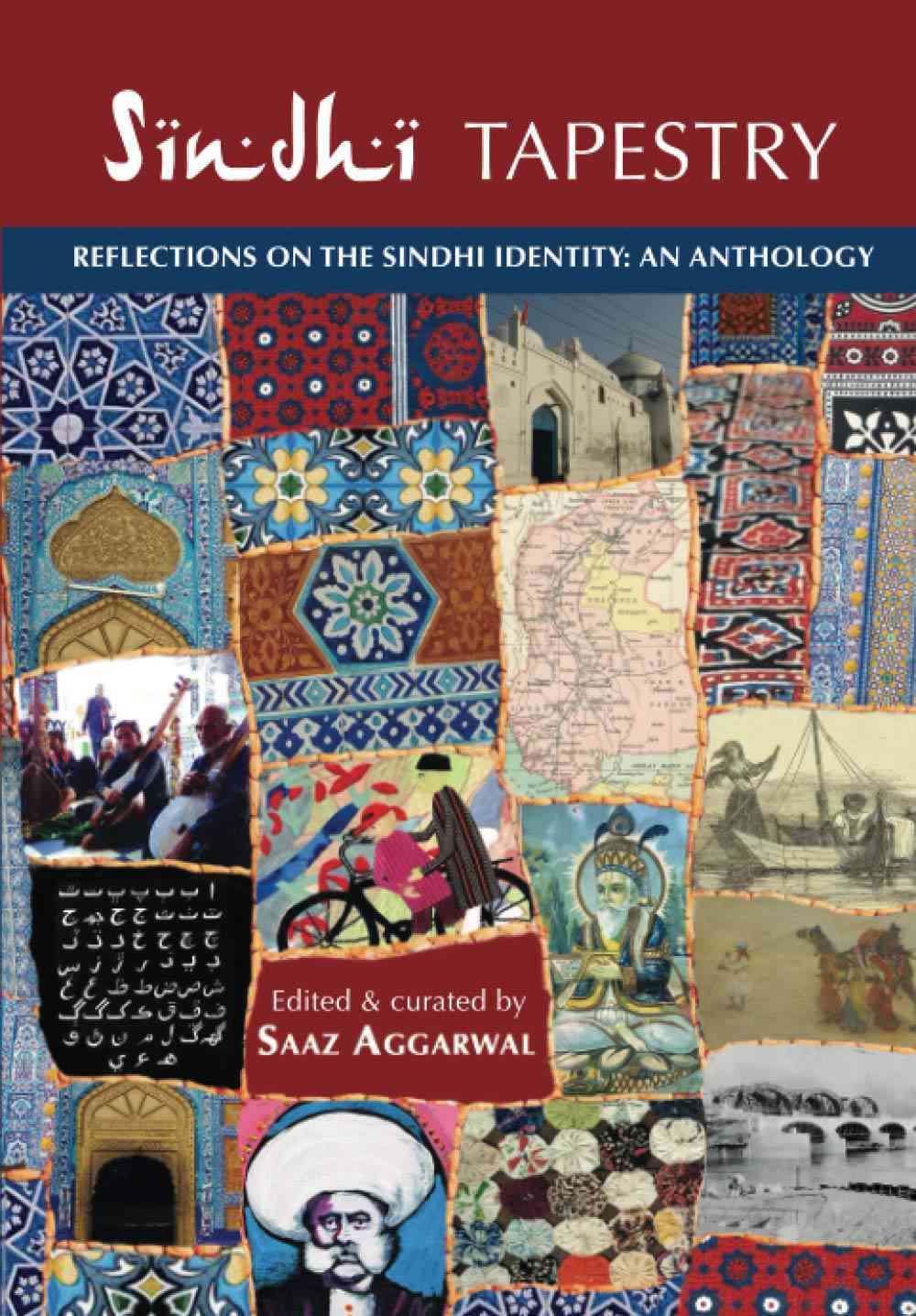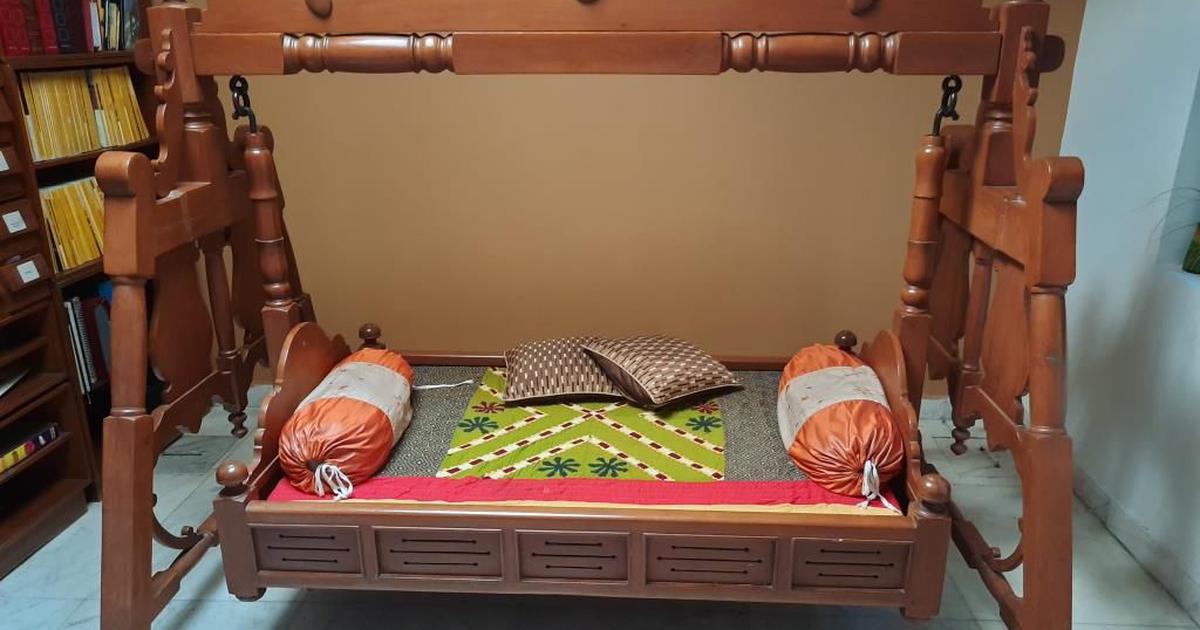
How an anthology of works by 60 Sindhi writers from around the world came to life
Saaz Aggarwal explains how the collection went from impulse to fruition.
On 9 June 2020, out of the blue, the way such things tend to happen, I received an email from one Anil Jaisinghani with subject line “Totally Impressed”.
Anil was writing to tell me what had happened to him after he read my 2012 book Sindh: Stories from a Vanished Homeland: “So happy to read your book…Thank you for making me feel whole rather than a lost Sindhi.”
The thought that someone could read something I had written and feel better about themselves somehow made being locked down feel less grim. Then, on 19 June, Shradha Shahani’s evocative piece about her grandmother’s Sindhi Curry commemorating World Refugee Day prompted photographer Ritesh Uttamchandani to propose a collection. I put out word for essays that evoked the Sindhi identity – that nebulous and fast-evolving entity – and with a tight deadline, and was gratified, and overwhelmed, by the quality of what I received.
 By this time, I already had some small understanding of the Sindhi identity. A startlingly heterogeneous community, generally an unpredictable sort of people, reduced by circumstances to a caricature inspiring prejudice and derision – in a time of crisis, they had acted as one.
By this time, I already had some small understanding of the Sindhi identity. A startlingly heterogeneous community, generally an unpredictable sort of people, reduced by circumstances to a caricature inspiring prejudice and derision – in a time of crisis, they had acted as one.
Learning
In 1947, when they were ejected from their ancestral homeland, this minority formed a solid backbone of its economy as well as its administration. After Partition, relegated to places where their mother tongue would never be spoken on the streets, their culture lapsed. With their former homes quickly occupied by newcomers, perceptions of their past became distorted.
The Hindus who had founded Karachi, Hyderabad and Shikarpur, the major cities of Sindh, establishing its civic bodies as well as institutions of education and public healthcare – which continue to flourish – lost their place in history. The thousands who had participated in the struggle for freedom lost their own homeland. The diaspora dispersed around the world, largely centered around Mumbai and Pune, but with pockets in ports where they had established a presence a hundred years before Partition took place. I had also learnt (to my surprise) that there were successful Sindhi businessmen who read all they could, and wrote not just poetry and philosophy but literary fiction too.
Through the process of putting this book together, I continued to gain new insights. French historian and anthropologist Michel Boivin explained how Hindus can be Sufis. Retired professor Sajni Mukherji offered Sindhi riddles that use weight and currency to teach arithmetic – so essential to a mercantile community! Bob Ramchand’s memories of his father showed how the industrial history of India may have proceeded differently if Partition had not rocked the boat.
A majority of that generation grew up poor, with family elders who worked hard and did their best, while feeling lost and confused. There are repeated references by older contributors to the “peengho”, a traditional piece of furniture; many of the younger ones write of being taunted with “saeen” and “papad”.
Curating
I also got fresh glimpses into the pain and helplessness of having to suddenly relinquish life the way you have always known it. Jai Alimchandani’s memories of how his debonair father, who wore a felt hat and sharkskin suit and rode about Hyderabad in a landau, dealt with his fortune being snatched away, are moving.
As is Dharmendra Tolani’s anecdote of a visitor from Sindh, Anwar, carrying a gift of three pallo fish – a delicacy native to the Indus – weighing six kilos each, for his friend Kodumal Asudani who had made his new home in Jaipur. Their Marwari landlord did not allow non-vegetarian food, so they secretly arranged to cut and cook them at a dhaba owned by a Muslim. What a feast they had that night!
Nandu Asrani wrote about how the Russian Revolution impacted his great-grandfather, one of the Shikarpuri Sindhis trading commodities and handicrafts out of Bandar Abbas, and the learning he acquired from family stories. (“We Sindhis are not like snakes, we are like spiders!” declares Nandu.) Another essay shows how a hereditary Shikarpuri businessman, Atul Khatri, used his native entrepreneurial skills to reinvent himself, and became one of India’s topmost stand-up comedians.

Free-spirited yet constrained, Dr. Bindaas Rolu – a nom de plume, of course, signifying wanderlust – revealed all about her mysterious but fascinating community scattered across continents. (And here’s a view of Sindhi lady doctors of yore.)
Most rare and precious were the contributions from the Sindhis of Sindh, who wrote from the heart – healing words for the ones snatched away from them by forces of history. Here are more details of the sixty contributors.
The theme that runs most persistently through the book is the one of the lost language – with its 52-letter alphabet, classified as “too difficult” to learn. It’s a language strongly influenced by the many-layered vocabulary and philosophy of Shah Abdul Latif and other singer-seekers down the ages, which kept Sindh a province of interfaith harmony.
When I was young, I wondered why my mother would never speak to the Sindhi shopkeepers of Ooty and Coonoor, where we purchased our provisions, in her own language. As a sulky teenager, I concluded that she must be a snob. The new insights from this book took me a step closer to the complex trauma of this South Indian Brahmin tea-planter’s wife.
When she was 13, her mother tongue had been relegated, after a period of fear, disruption, and instability, to be spoken only with a few members of the family in the safe confines of the home. It must have been difficult for her to ever bring it out into the open again.
___________________
Courtesy: Saaz Aggarwal/Scroll
 Saaz Aggarwal is an independent researcher, writer and artist based in Pune, India. Her body of writing includes biographies, translations, critical reviews and humor columns. Her books are in university libraries around the world, and much of her research contribution in the field of Sindh studies is easily accessible online. Her 2012 Sindh: Stories from a Vanished Homeland is an acknowledged classic. With an MSc from Mumbai University in 1982, Saaz taught undergraduate Mathematics at Ruparel College, Mumbai, for three years. She was appointed features editor at Times of India, Mumbai, in 1989.
Saaz Aggarwal is an independent researcher, writer and artist based in Pune, India. Her body of writing includes biographies, translations, critical reviews and humor columns. Her books are in university libraries around the world, and much of her research contribution in the field of Sindh studies is easily accessible online. Her 2012 Sindh: Stories from a Vanished Homeland is an acknowledged classic. With an MSc from Mumbai University in 1982, Saaz taught undergraduate Mathematics at Ruparel College, Mumbai, for three years. She was appointed features editor at Times of India, Mumbai, in 1989.